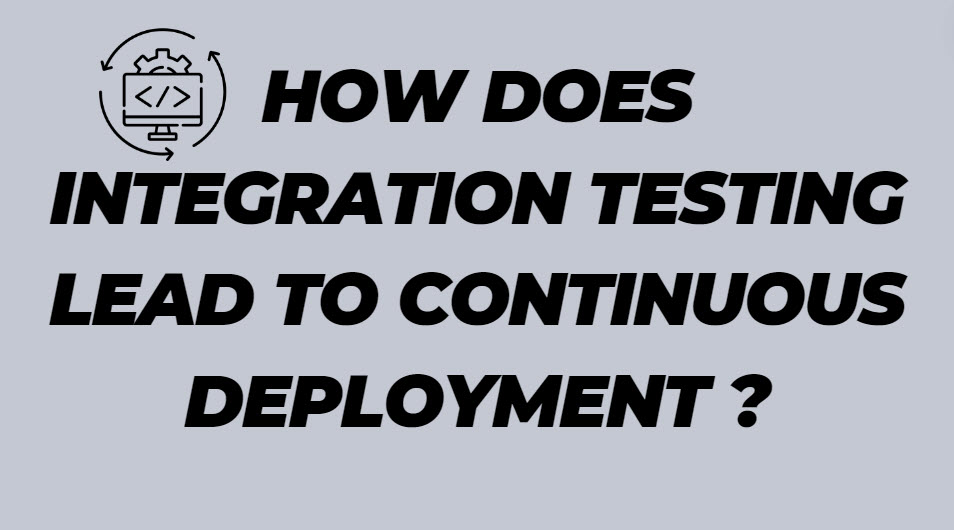As a software developer, I’ve seen firsthand how crucial integration testing is in achieving seamless, continuous deployment. In this post, I’ll explore how integration testing serves as a cornerstone for robust CI/CD pipelines, ultimately enabling teams to deploy confidently.
Before we explore its role in continuous deployment, let’s clarify integration testing. Integration testing checks for bugs, errors, or issues in component interaction. In this phase, we combine individual modules and test them as a group to ensure they work harmoniously.
Check out Integration Testing Best Practices
The Bridge to Continuous Deployment
Integration testing acts as a critical bridge between development and deployment. Here’s how it contributes to enabling continuous deployment:
Early Bug Detection: By integrating and testing components regularly, we catch issues early in the development cycle. This prevents bugs from snowballing and becoming more challenging to fix later.
Confidence in Code Changes: Testing in the Continuous Integration workflow allows for rapid feedback at an earlier stage in development. This gives our team confidence that new changes haven’t broken existing functionality.
Automated Verification: CI/CD tools automatically run integration tests to verify that the new code integrates well with the existing codebase. This automation is key to maintaining deployment speed without sacrificing quality.
Check out What is API Integration Testing
Real-World Example
Consider a scenario at a fictional U.S. e-commerce company, “AmeriShop.” Their development team is working on integrating a new payment gateway. Here’s how integration testing leads to continuous deployment:
- Developers complete the payment gateway integration.
- The code is pushed to the central repository.
- The CI/CD pipeline automatically triggers integration tests.
- Tests verify that the new payment gateway works with the existing checkout process, inventory management, and order fulfillment systems.
- The changes are automatically deployed to a staging environment if all tests pass.
- After final approval, the code is deployed to production.
Best Practices for Integration Testing in CI/CD
To maximize the benefits of integration testing in your continuous deployment pipeline:
Write Comprehensive Tests: Ensure your tests cover various scenarios and edge cases.
Keep Tests Fast: Slow tests can bottleneck your pipeline. Optimize for speed without sacrificing coverage.
Use Realistic Data: Test with data that closely mimics production environments.
Monitor and Iterate: Continuously refine your testing strategy based on deployment outcomes.
Conclusion
Integration testing is not just a phase in the development cycle; it’s a crucial enabler of continuous deployment. By catching issues early, providing rapid feedback, and automating verification, integration testing gives teams the confidence to deploy frequently and fearlessly.
You may also like following the articles below.

My name is Madhu, and I’m a certified Test Consultant with more than 16 years of hands-on experience developing and maintaining manual and Test Automation in the Software industry. I have experience with automation tools such as Selenium, Katalon Studio, etc.
